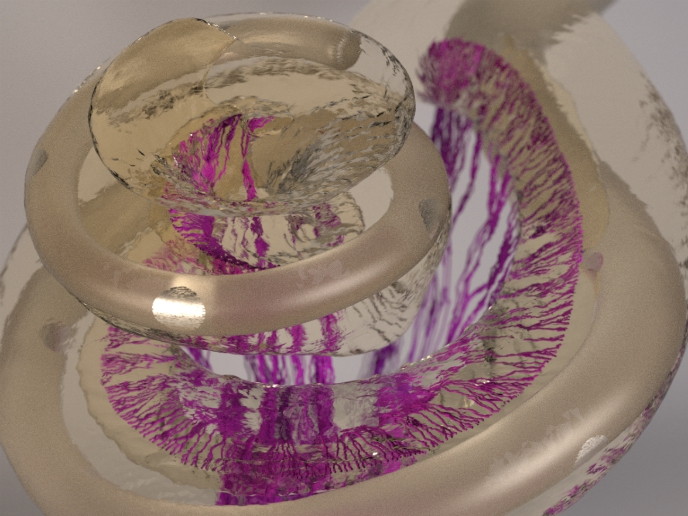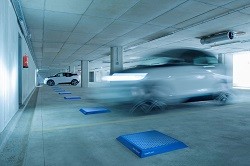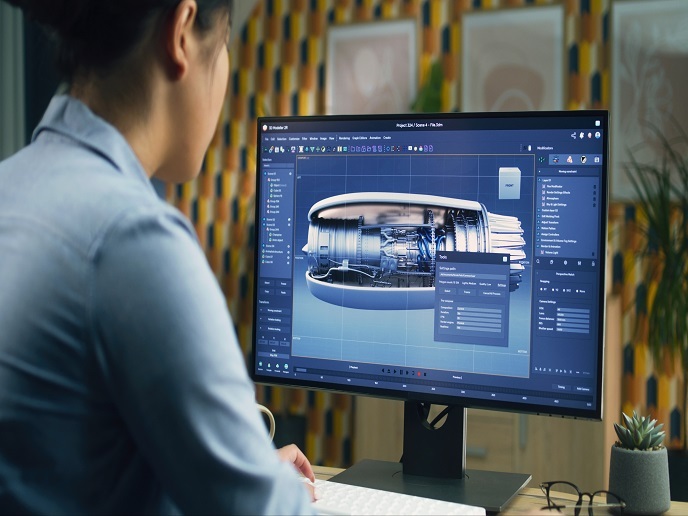Algebraic geometry as a source of inspiration for designers
By manipulating simple shapes, including lines, circles and arcs, polygons and rectangles, designers can construct realistic models of solid objects. Computer-aided design (CAD) tools allow for the combination of simple shapes into more complex ones through union, intersection and difference operations. Parametric description of solid objects with the use of rectangular, non-uniform rational basis spline (NURBS) surfaces, sharing the same boundaries is implemented by very stable numerical algorithms. On the other hand, implicit representations originating from algebraic geometry offer attractive alternatives for reconstructing surfaces from unstructured point clouds without assuming the existence of an initial data parameterisation. The numerical methods developed within the European project GAIA II provide for the simultaneous availability of both representations, which is desirable for computing surface intersections. To fully exploit the potential of both representations in challenging applications where surfaces intersecting are parallel or near parallel, approximate methods were preferred for the conversion between them. Furthermore, numerical techniques for approximately converting implicitly defined surfaces into parametric ones and vice versa were implemented as a prototype software toolkit, combining recursive subdivision and approximate implicitisation. Besides supporting the identification of all the intersection's branches within a user-defined tolerance, this experimental code provides for the refinement of the intersection curves to the accuracy required. Research work at the SINTEF ICT laboratories in Norway focused on CAD operations (such as offsetting and blending) which produce surface intersections with singularities. The combination of the two representations offered the possibility to detect not only singularities but also self-intersections, which need to be removed in order to maintain the model's correctness. As the approach adopted is aimed for use in industrial applications, the suitability of the algorithms as well as the stability of the software toolkit is a subject of further research.







